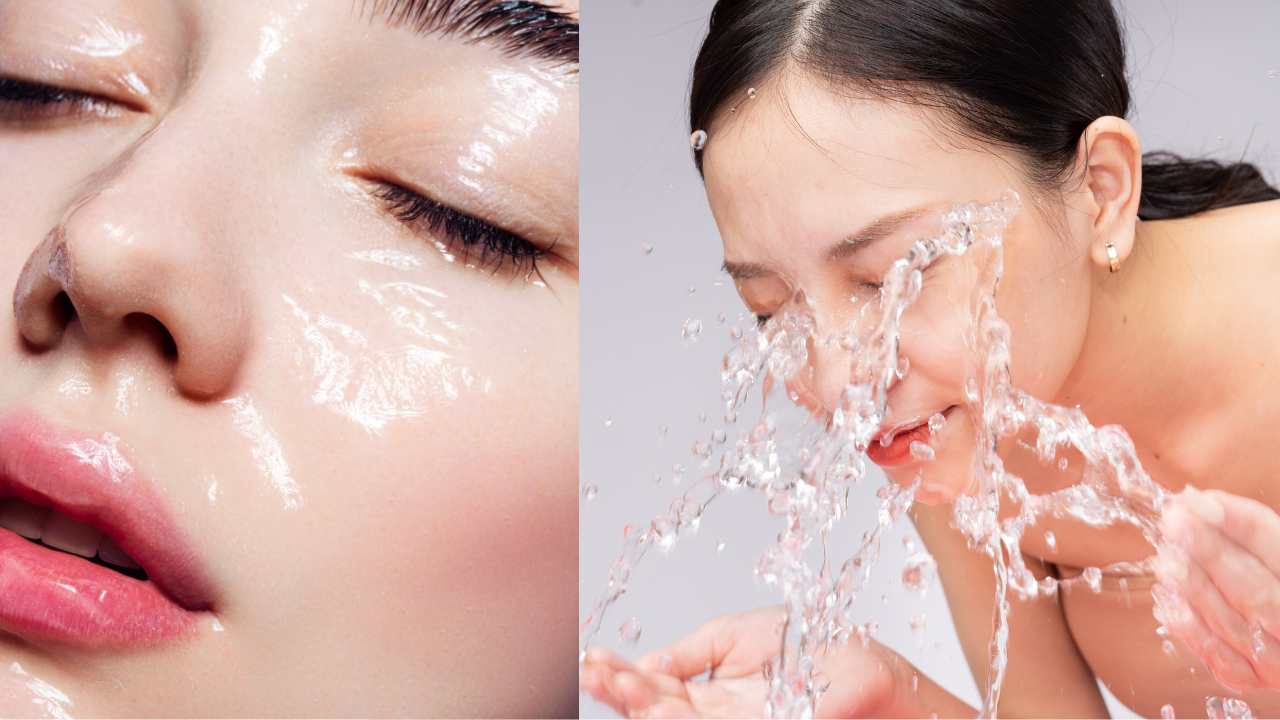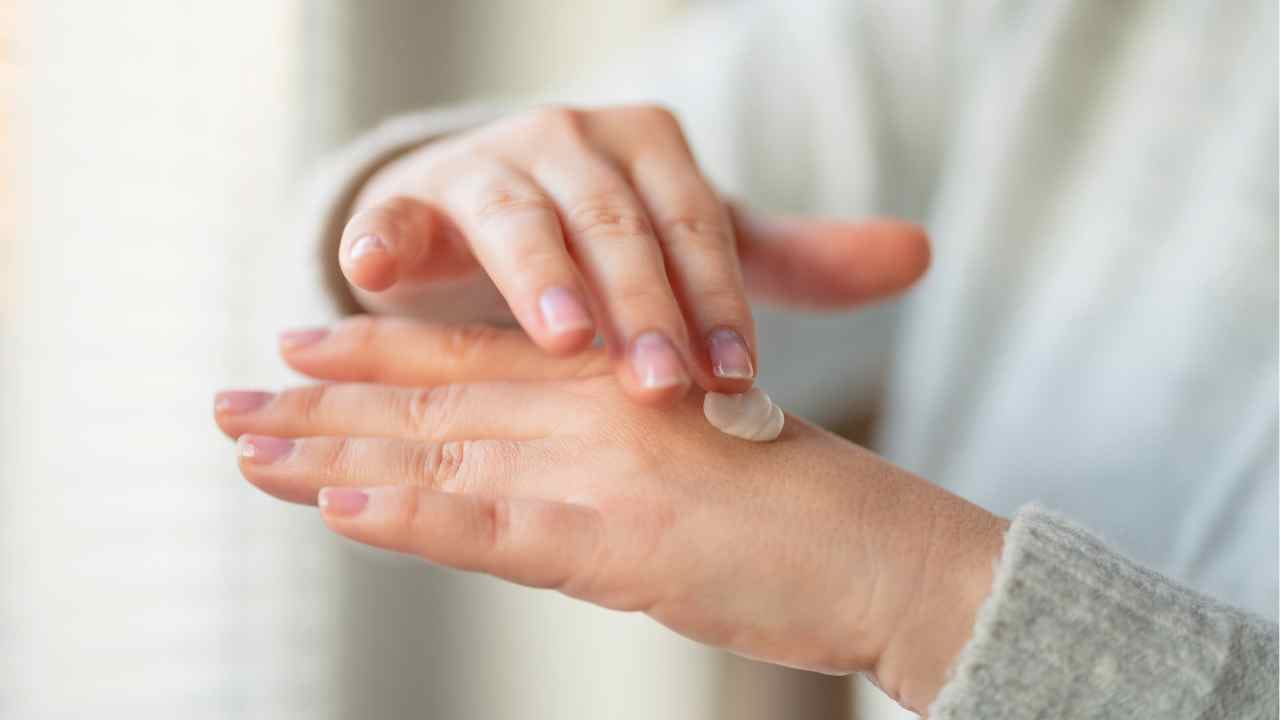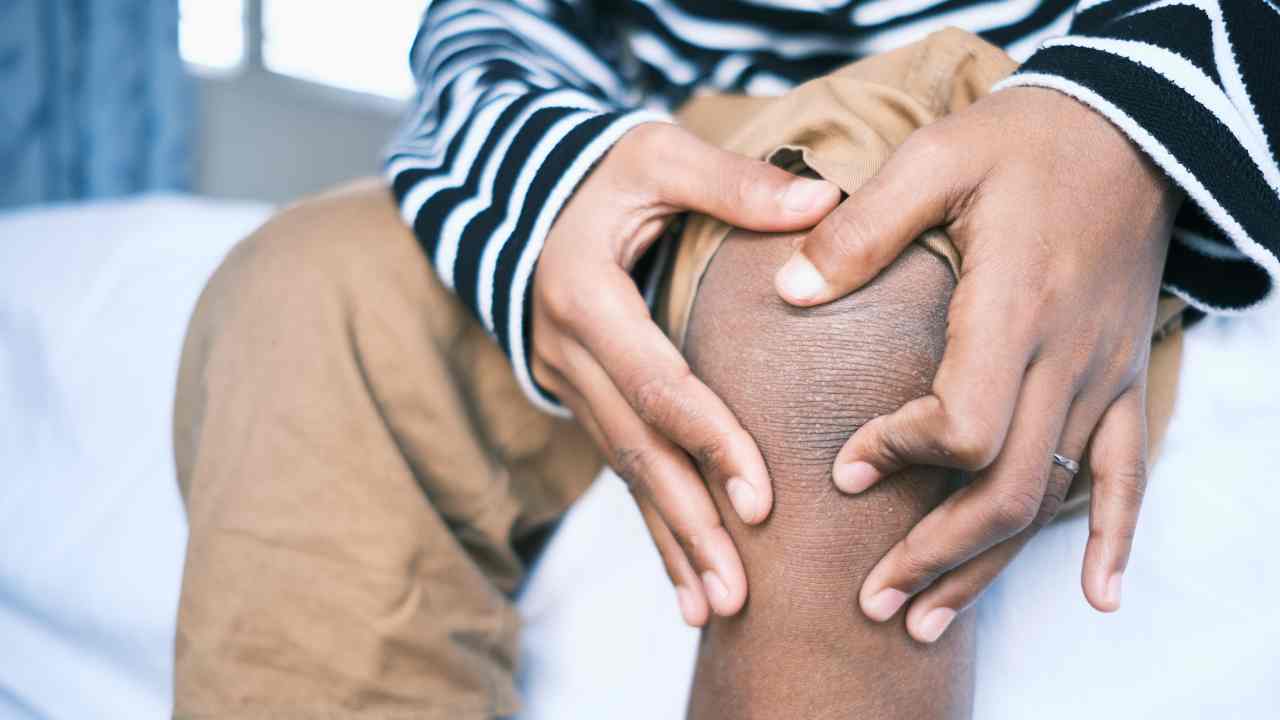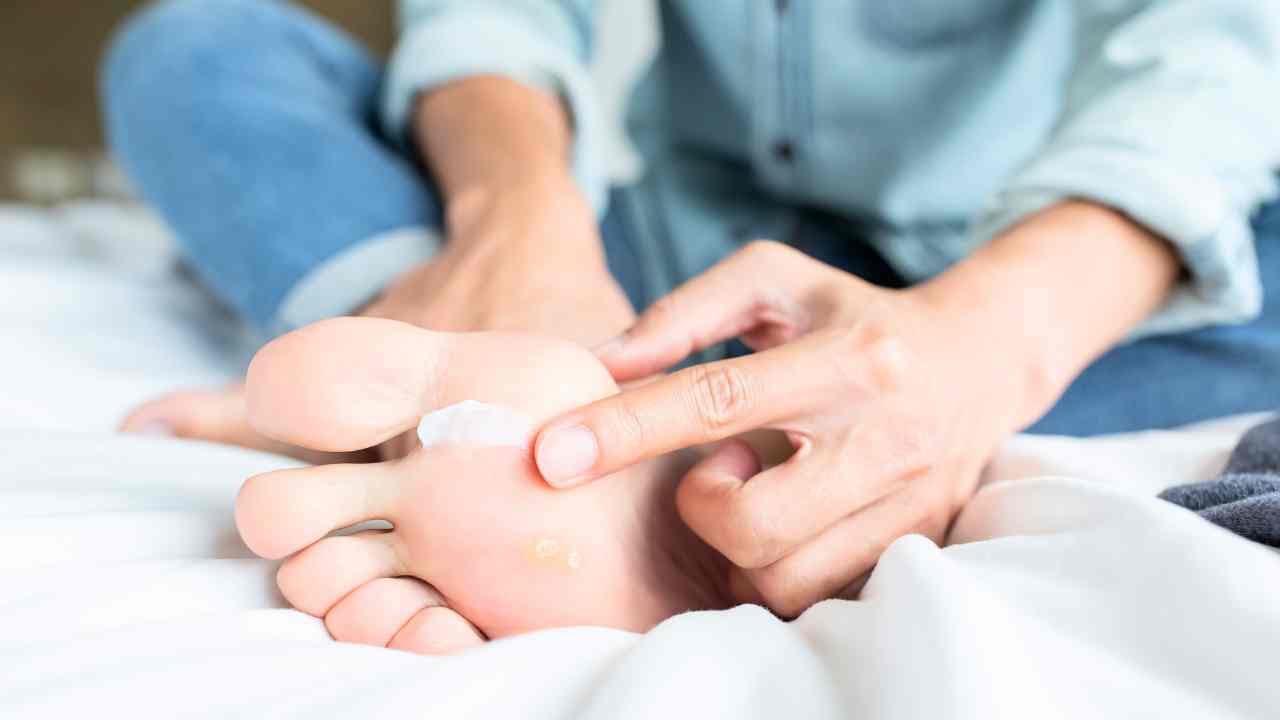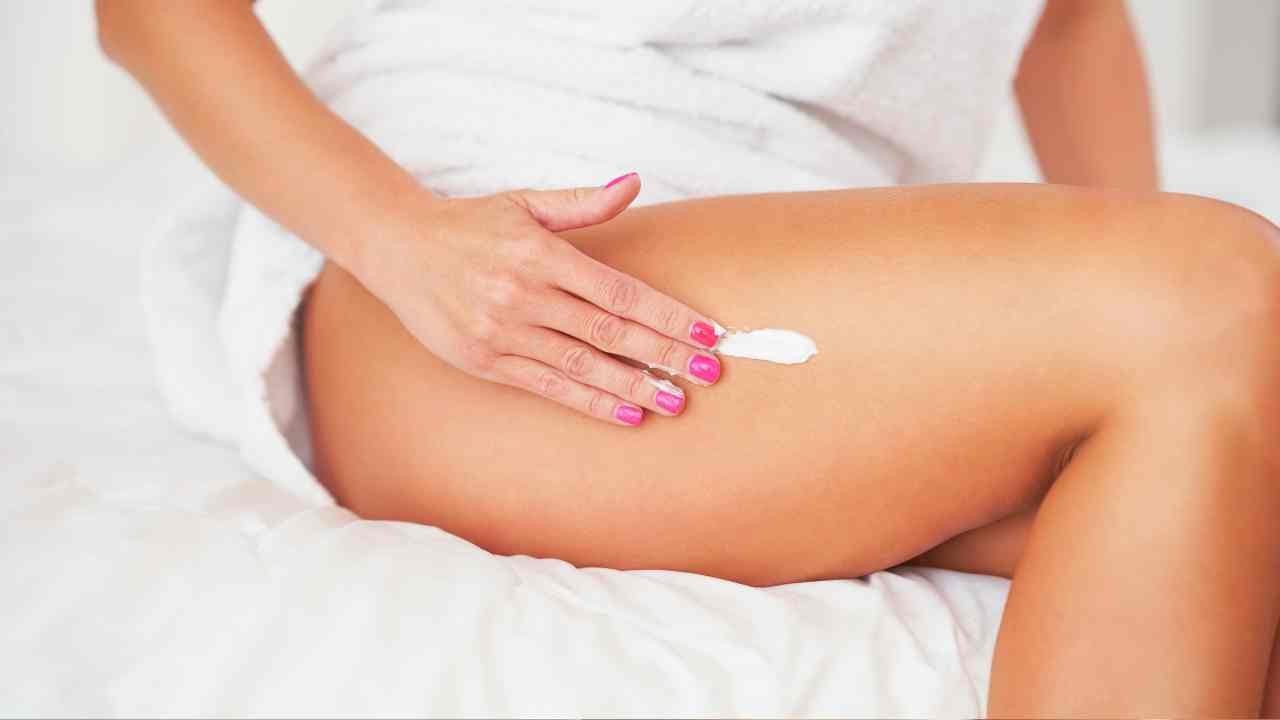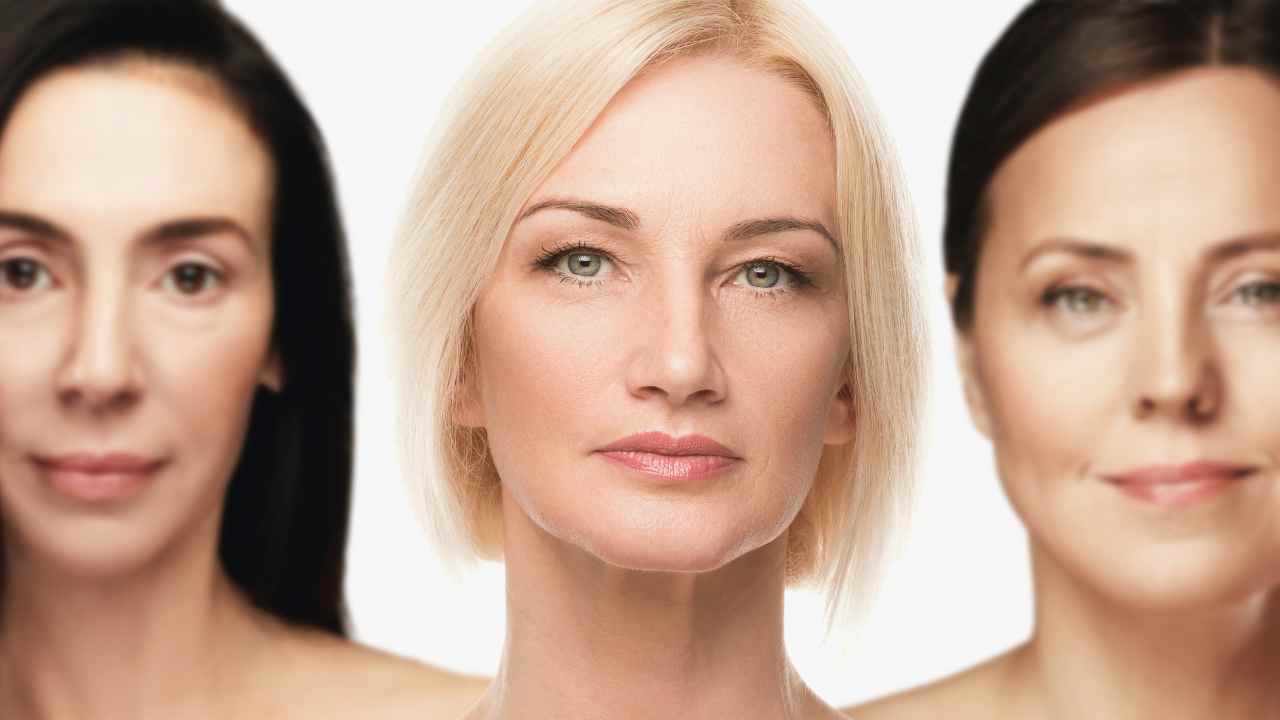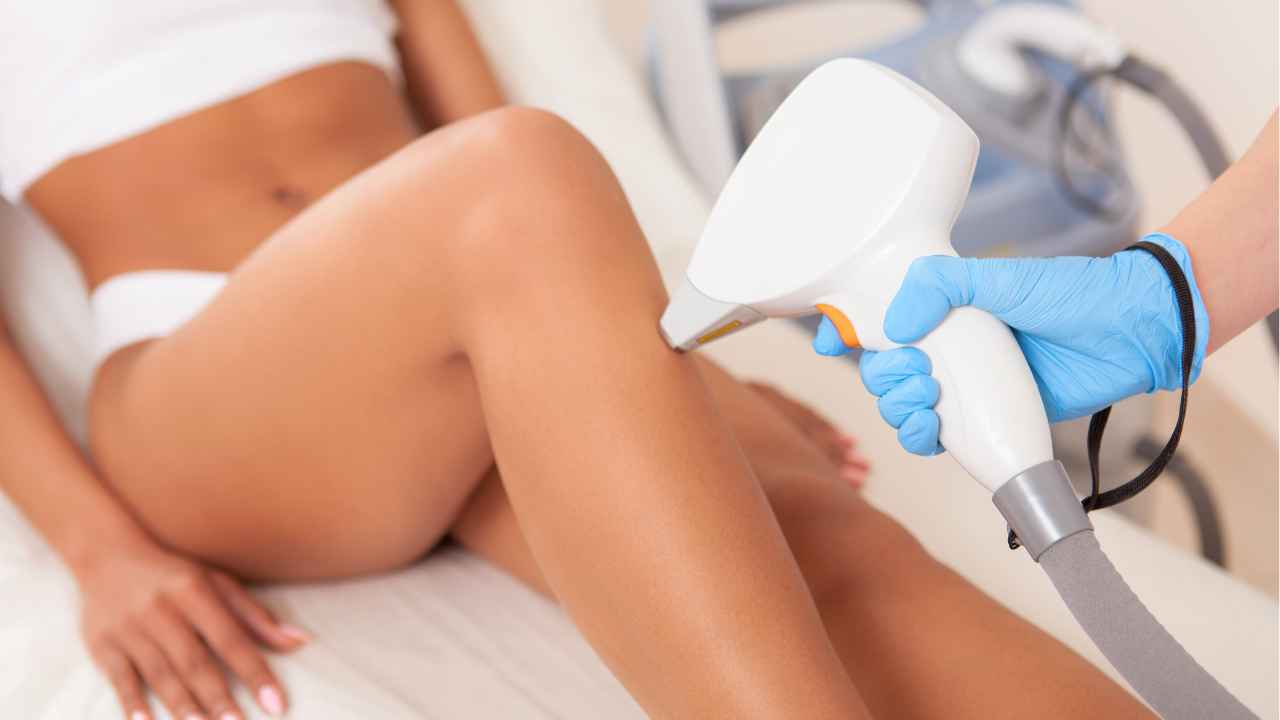
Do Men Get Cellulite? We're Busting the Cellulite Myth!
Cellulite is one of the most common concerns in women when it comes to body image. But have you ever wondered whether men are also prone to cellulite?
There’s a common misconception that cellulite is only present in women, but that’s not true.
Men, too, can experience it. In this post, we’ll explore the topic of “Do Men Get Cellulite” and everything you need to know about it.
What Causes Cellulite?
What actually causes this dimpled, lumpy appearance on areas like the thighs, buttocks and stomach?
In short: cellulite is caused by excess fat deposits beneath the surface of the skin combined with a network of connective tissues within your body. But let’s take a look at what may be happening at a deeper level.
The most common type of cellulite results from an imbalance in our bodies’ production of hormones such as estrogen and insulin.
These natural hormones can cause our larger fat cells to retain more water than usual, which in turn thickens our skin and leads to an uneven surface texture.
Additionally, we all have structures beneath the surface known as septae that run perpendicular to our connective tissue (aka collagen fibres).
This combination of thicker skin along with weaker connective tissue gives rise to that tell-tale “orange peel” effect often associated with cellulite.
While some people appear unaffected by these changes others find themselves dealing with exaggerated versions due to genetics or lifestyle choices. And, some of these people are men!
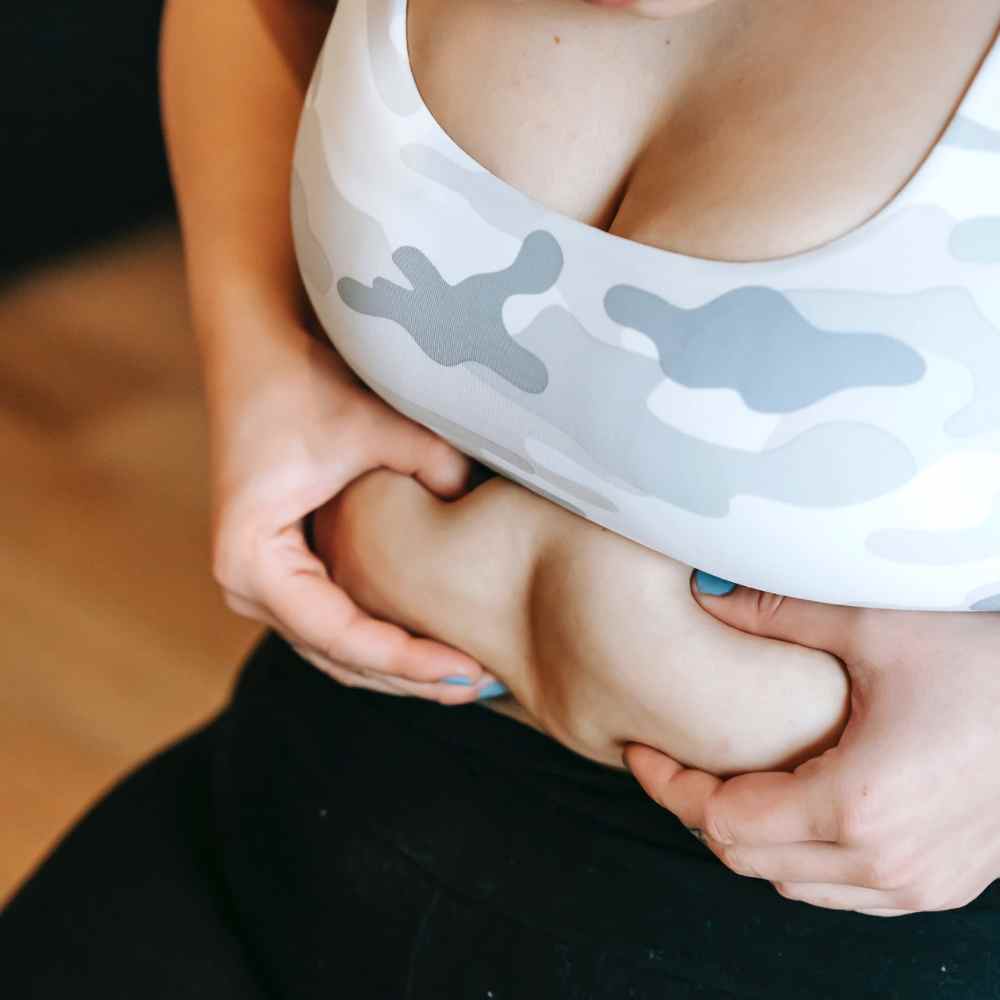
Do Women & Men Store Fat Differently?
It has long been understood that men and women typically store fat differently in their bodies.
Men tend to store fat in their abdominals while women generally store fat around their hips and thighs.
This phenomenon is known as the android vs gynoid distribution of fat—android referring to a “male” type of body with more abdominal weight, and gynoid referring to a “female” type of body with more hip and thigh weight.
This delineation between male and female storage of fat can be attributed to some intriguing evolutionary forces at work: Women who have stored extra calories around the hips were able to carry an unborn child without losing vital energy needed for survival during food scarcity.
Males, however, would traditionally need more energy stores than females so storing excess calories in the abdomen provided them with additional fuel when resources were scarce.
The different ways men and women store fats can also affect how easy it is for us to lose weight or gain muscle mass — something important for those looking for fitness success!
For example, due to genetically determined patterns of subcutaneous fat distribution, it may be easier for women than men (in general) to build lean muscle mass in targeted areas such as glutes or quads while maintaining a slender overall look through dieting alone.
Even though women inevitably retain some signature curves on their frame due to higher levels of estrogen hormones triggering adipose tissue accumulation along their hips and thighs.
On the other hand, male-specific hormones like testosterone tend amplify muscularity even further when combined with increased carbohydrate intake plus resistance training exercises.
This makes bulking up much easier than slimming down since men naturally accumulate chest and abdomen adipose deposits before any peripheral regions are affected by diets or workouts.
So if you want an answer about whether men store fats differently from women: yes they do!
Both genders benefit from this unique property gifts via natural selection but its definitely something that needs taken into account when tailoring diet/exercise plans specifically fitted towards obtaining maximum health benefits and aesthetic goals.
Men and Their Thick Skin
The reason why cellulite is mostly perceived as a women’s issue is that women’s skin is thinner than men’s, which makes it easier for the superficial fat cells to be visible.
However, that doesn’t mean that men don’t get cellulite. Men’s skin is typically thicker than women’s, making it more difficult for the cellulite to develop.
However, men who have a higher percentage of body fat are more likely to develop cellulite.
Why Men Can Indeed Get Cellulite
One of the primary reasons why men can develop cellulite is due to hormonal imbalances.
Just like women, men also have estrogen in their bodies, but in smaller quantities.
An imbalance of testosterone and estrogen in men can lead to the formation of more cellulite.
In addition to hormones, other factors that can cause cellulite in men include poor diet, lack of exercise, and genetics.
Contrary to popular belief, being overweight isn’t necessarily the primary cause of cellulite in men.
Even men who have a healthy weight or who are lean can still develop cellulite. That’s because it’s primarily caused by the structure of the skin and the presence of fats.
Furthermore, some men have a predisposition to developing cellulite, which means that their genetic makeup makes them more prone to it.
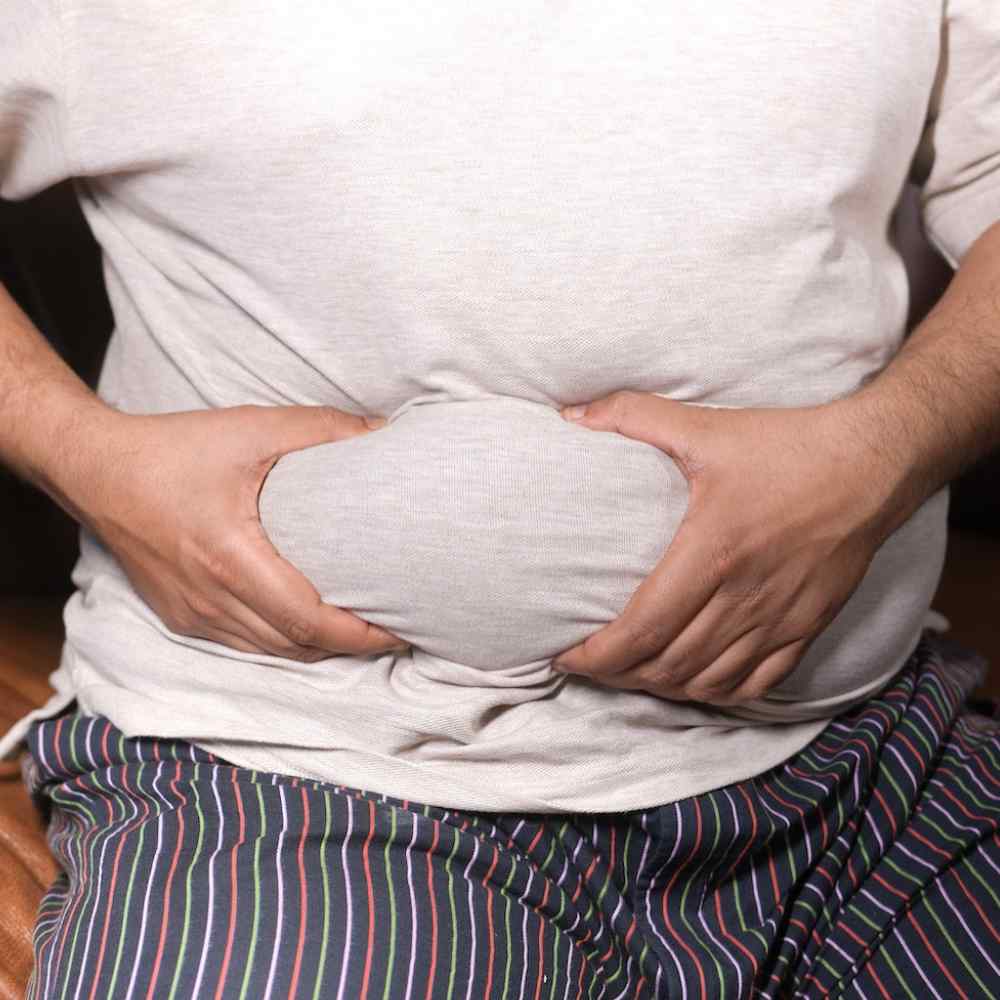
Where Does Cellulite Appear on Men?
Cellulite typically presents itself as a dimpling or cushioning of the skin on different parts of the body.
These superficial fat lobules commonly appear on buttocks, thighs and stomachs and can even appear on arms and legs, although this is much less common.
Ways for Men to Reduce Cellulite
So, now that we know men can get cellulite, what can dudes do about it?
The good news is that there are ways to reduce the appearance of cellulite. Here are a few tips:
Exercise Regularly
Regular exercise can help improve circulation and tone the muscles, which can reduce the appearance of excess body fat and cellulite.
Focus on exercises that target the legs, buttocks, and stomach, such as lunges, squats, and planks.
Although losing deep fat won't necessarily reduce appearance of the cellulite texture directly under the skin, the improved circulation will definitely help.
Eat a Healthy Diet
Eating a diet that’s rich in fruits, vegetables, lean protein, and healthy fats can help reduce inflammation in the body, which can improve the appearance of cellulite.
Stay Hydrated
Drinking plenty of water can help flush toxins out of the body, which can reduce inflammation and improve the appearance of cellulite. It never hurts to drink more water!
Consider a Topical Cellulite Treatment
While there’s no magic cure for cellulite, there are a few topical treatments that may help improve its appearance.
These include creams and lotions that contain caffeine, retinol, or antioxidants.
You can combine these topical creams with other cellulite treatments like body wraps, cupping therapy or dry brushing to stimulate collagen and lymphatic drainage.
Consider Professional Treatments
There are a few professional treatments that may help reduce the appearance of cellulite, such as laser therapy, radio frequency therapy and massage cellulite treatment.
Some of these therapies can target the deep skin layers of skin, others focusing on skin collagen. But, both resulting in a smoother appearance.
Dr. Charles, a TikTok doc, runs through some quick treatment options for cellulite in this video:
@drcharlesmd1 Dr Charles reviews the science for you: cellulite episode. #skincare #cellulite #doctor #science #beauty #laser #skincaretips #lifehack
♬ Sunshine - WIRA
Conclusion
In conclusion, men, too, are subject to developing cellulite just like women develop cellulite. However, there are ways to minimize the appearance of cellulite in men.
Eating a balanced diet, engaging in regular physical activity, and maintaining a healthy weight are just a few ways to help reduce the appearance of cellulite.
Remember, cellulite is not a health concern, but rather an aesthetic one.
So, don’t let it define your sense of self-worth. Embrace your body and prioritize living a healthy and active lifestyle.



